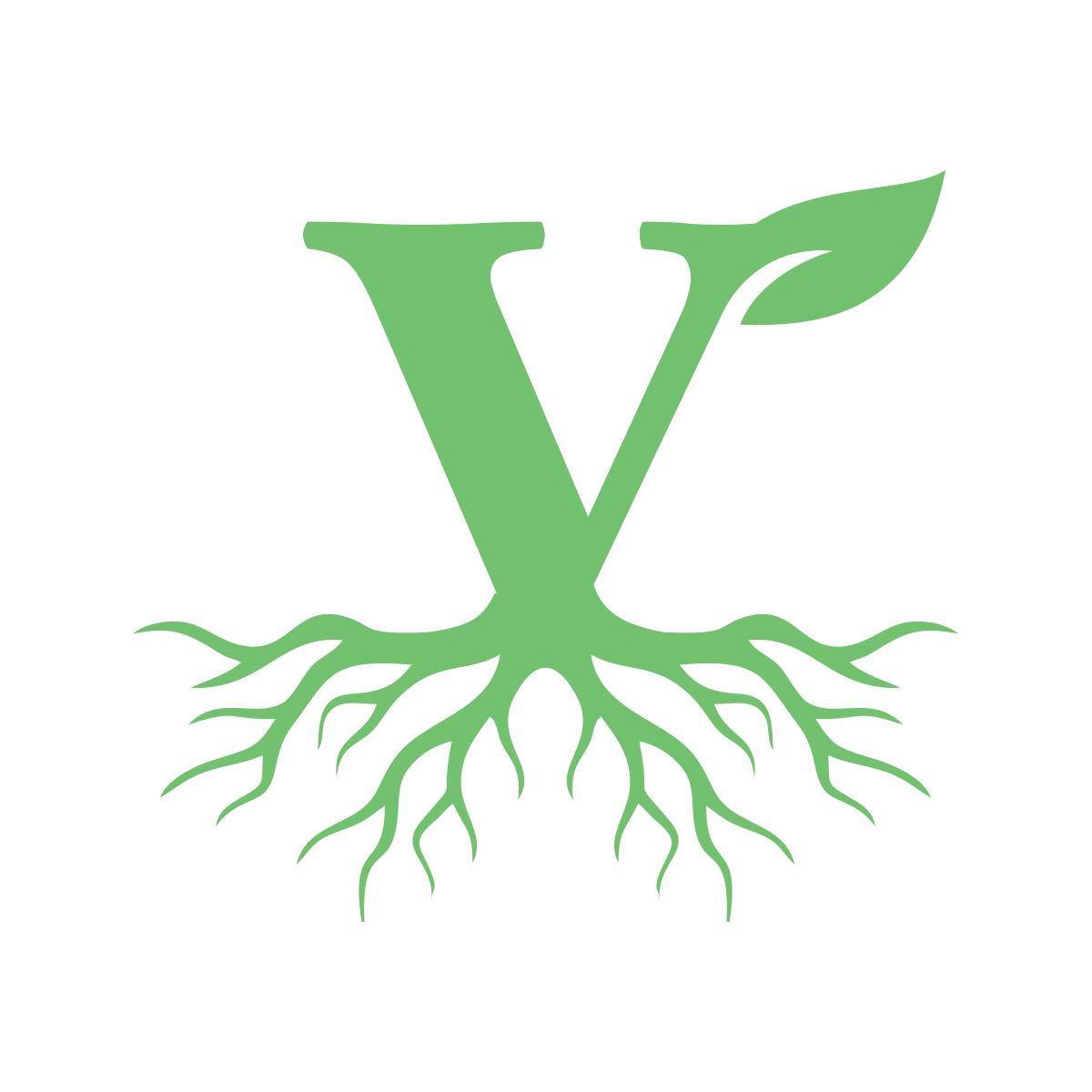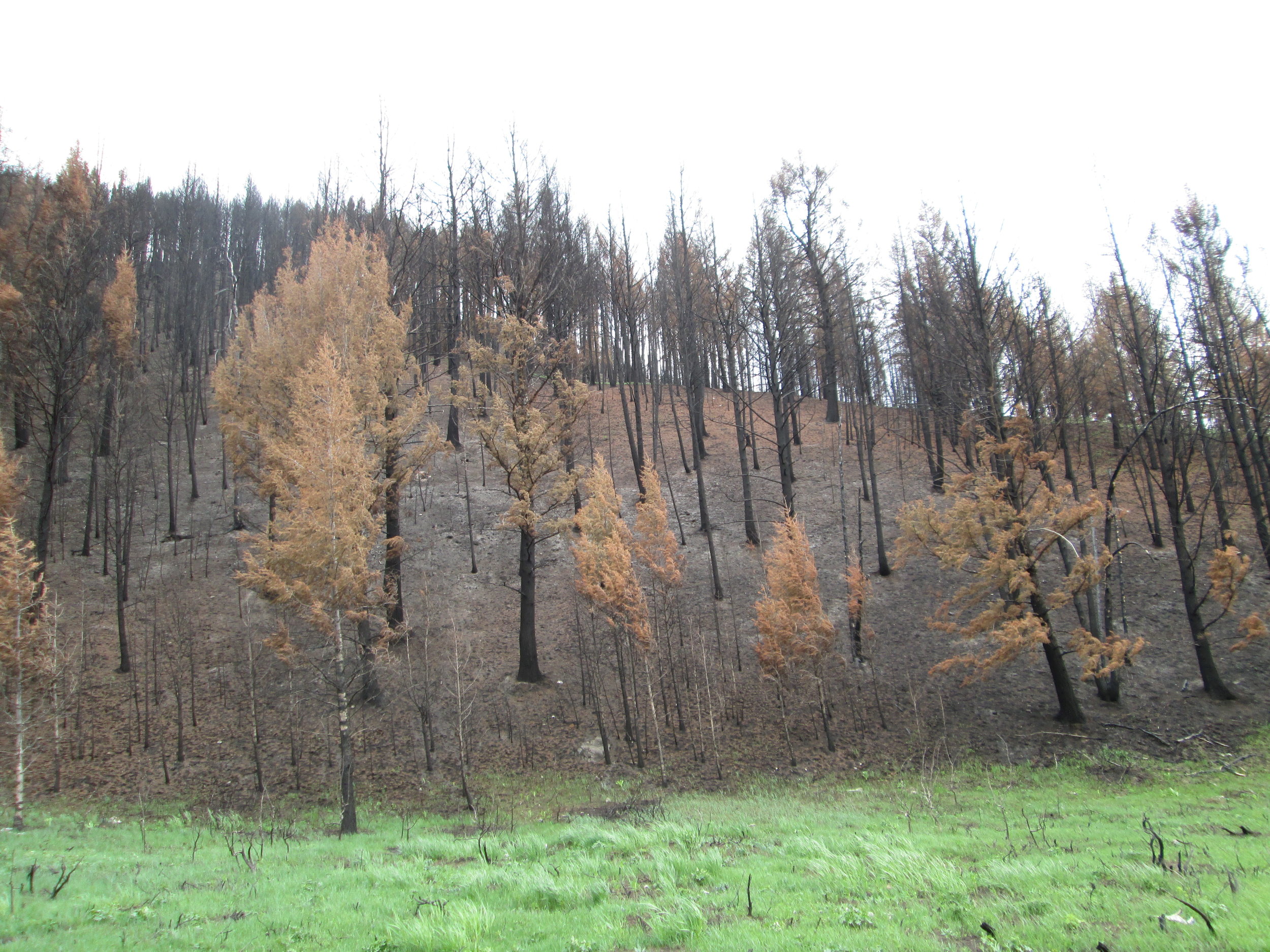Velte Forestry and Arboriculture encourages all of our customers to invest in the general health of their property from trees and plants to flowers and turfgrass. Although our specialty and passion are trees, our company goal is to promote a landscape that is visually and physiologically attractive and vibrant. Because of our high landscape expectations, our tree pruning is carried out with the most advanced, non-invasive climbing techniques and safe work practices. All of the tree pruning that we do is inline with the ISA code of ethics and ANSI A300 pruning standards.
Tree pruning is an essential cultural practice that all qualified arborists perform to promote tree health and longevity. With any given residential or commercial property, there are a variety of reasons that warrant a property owners attention to the practice of tree pruning. In typical scenarios, an owner may want to remove hazardous limbs to provide clearance from a structure i.e. house, garage, barn, or commercial building. He or she may also want to elevate branches over a high traffic area in order to gain greater exposure to light, benefitting a garden or landscape bed. Broken tree limbs and stems cause by damage from inclement weather will also arise in our fluctuating Colorado environment. These will require immediate attention especially for safety reasons. Regardless of the existing situation or desired end, maintaining the overall canopy size of any tree specie via pruning will provide the property owner the assurance of enhancing the fitness of their trees. This will, in turn, contribute to the overall health of the landscape.
Typical Pruning Practices
Tree Crown Thinning: Selectively pruning the canopy of a tree, targeting crossing and rubbing branches that inhibit individual stem health/growth. Thinning will also allow more light to enter the canopy and will reduce the wind sail effect.
Tree Crown Reduction: Reducing branch length to maintain desired tree size. This type of pruning can also be used to mitigate over-weighted branches and reduce the potential for failure. Care must be taken to ensure that limb cuts are made to adequate lateral branches to all for proper healing.
Tree Crown Raising: Removing lower branches in the canopy of the tree to improve aesthetics as well as landscape functionality. This practice improves the clearance for vehicles or impeded sidewalks as well as allowing more light to penetrate certain targeted areas, shrubs, landscape beds, and juvenile trees.
Tree Safety Pruning: Removing diseased and dead branches. These are not only hazardous to the overall health of the tree, but could pose safety issues to residents, pedestrians, and children.






